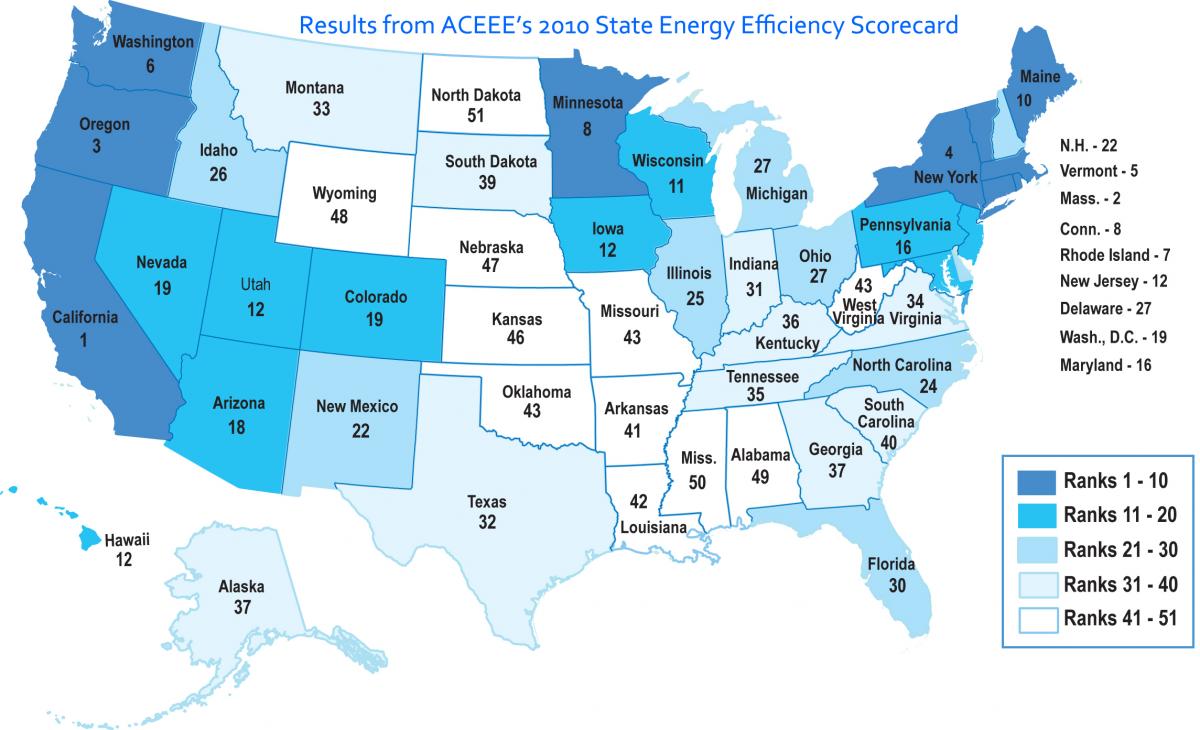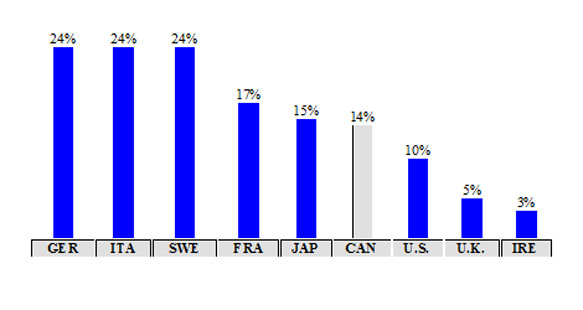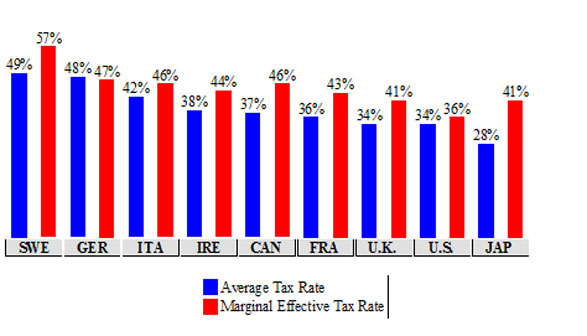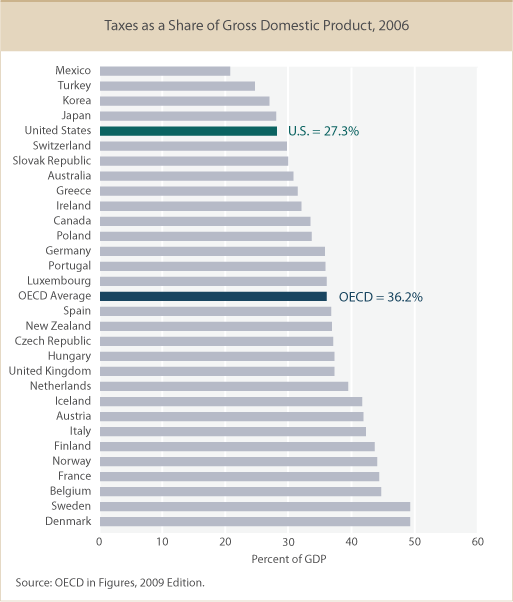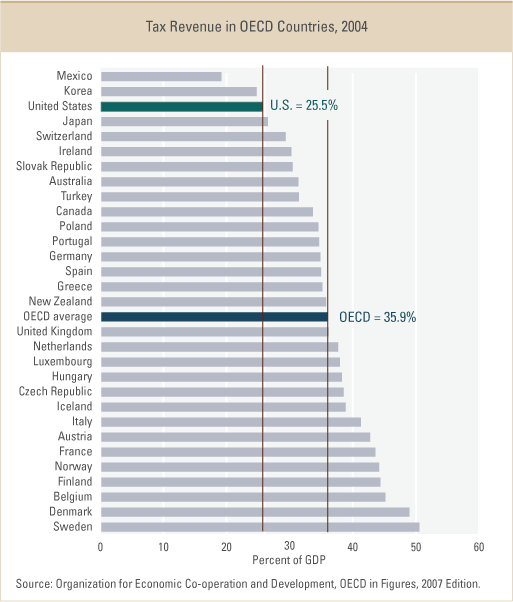Transparency International annually reports the Corruption Perceptions Index (CPI) which “measures the perceived levels of public sector corruption in 180 countries and territories. A composite index, the CPI is based on 13 different expert and business surveys.” For 2009, New Zealand ranked #1 where corruption is perceived to be smallest, whereas Somalia ranked #180 where corruption is perceived to be greatest. The United States ranked #19.
To read the entire report, click on Corruption Perceptions Index 2009.
